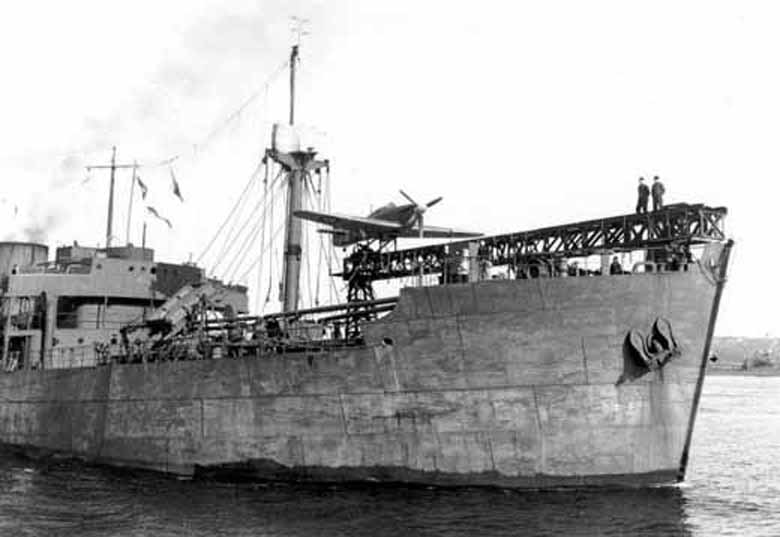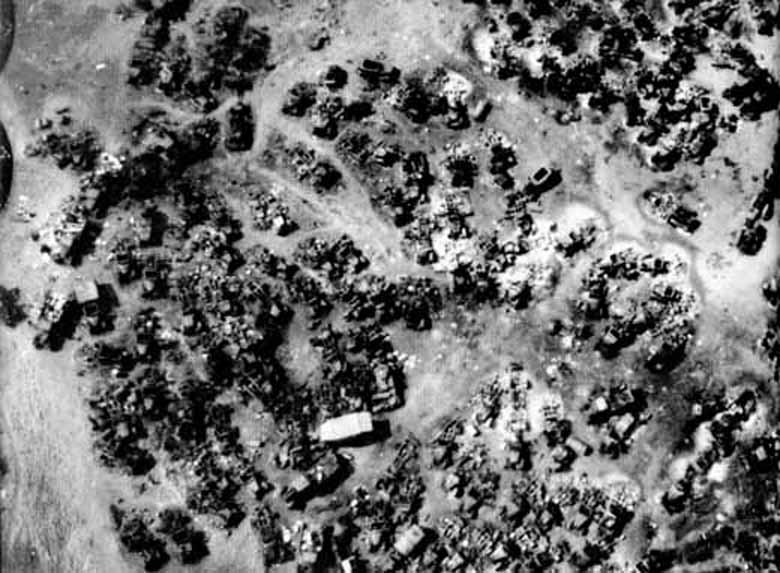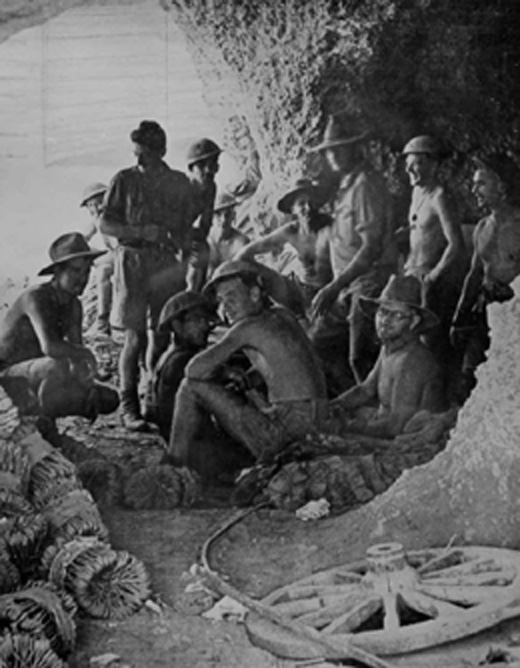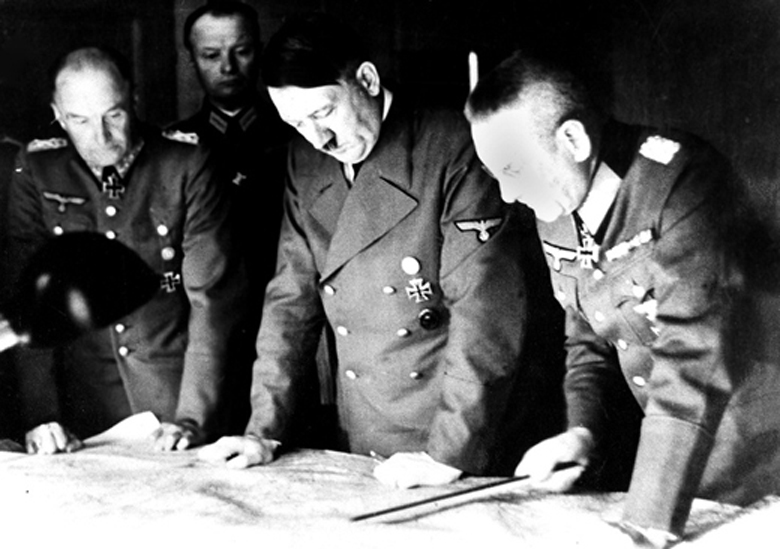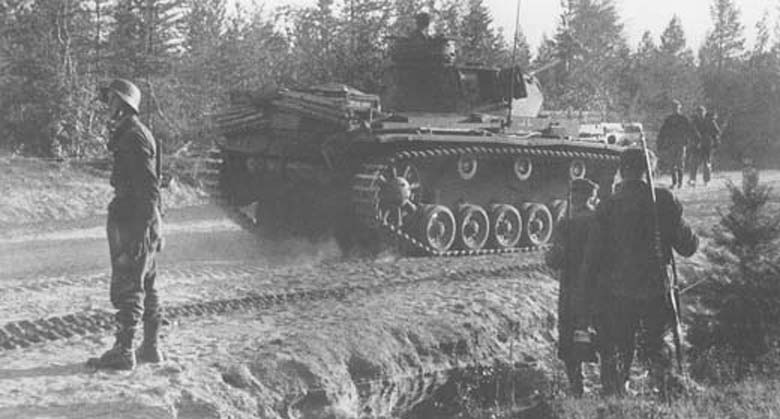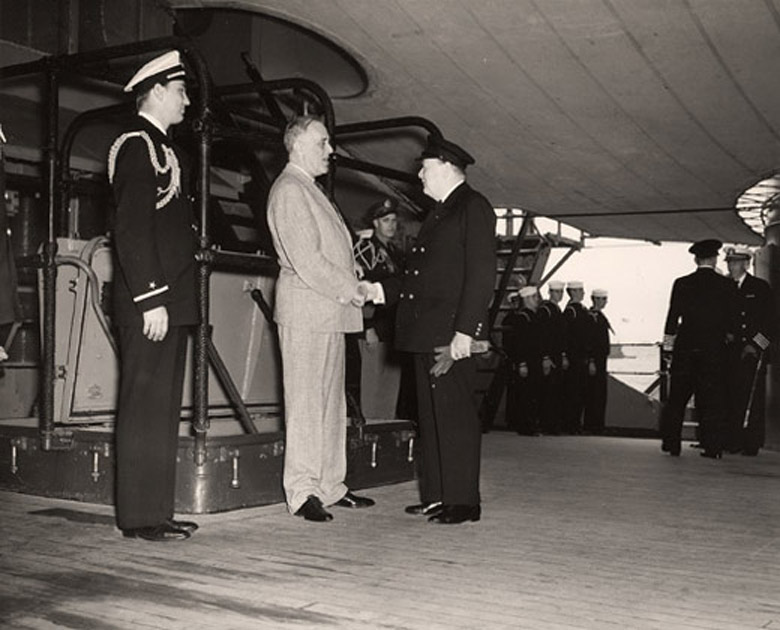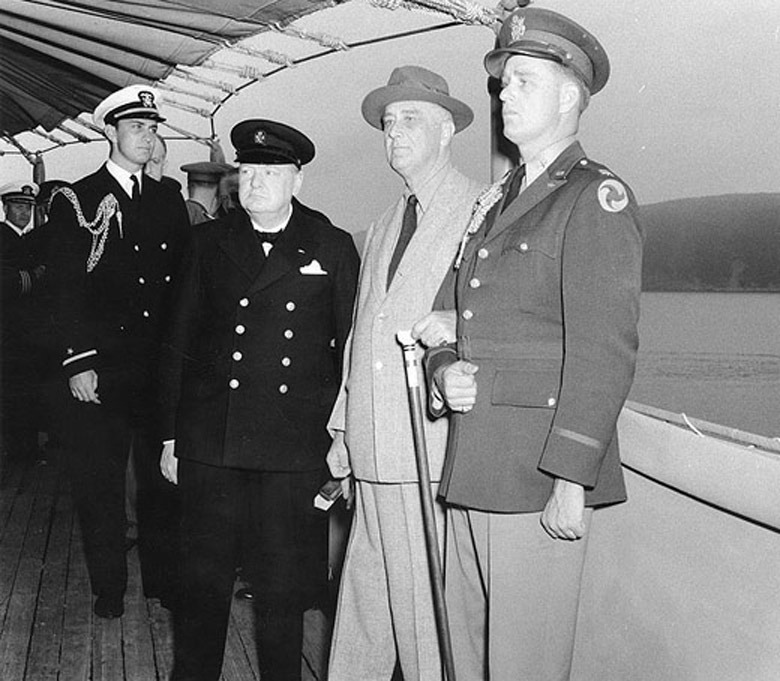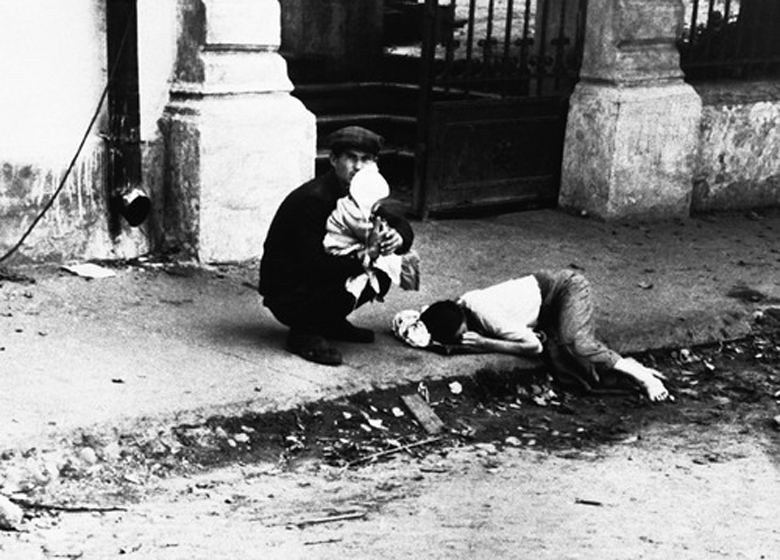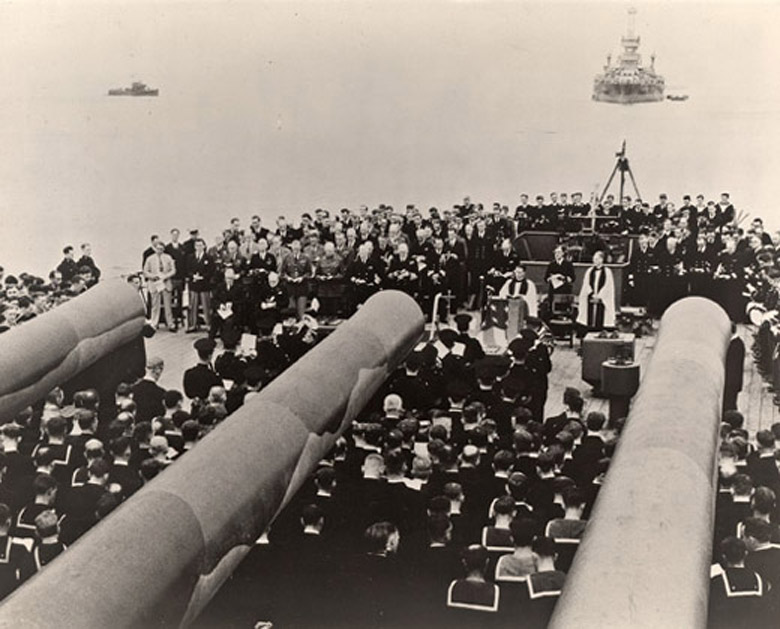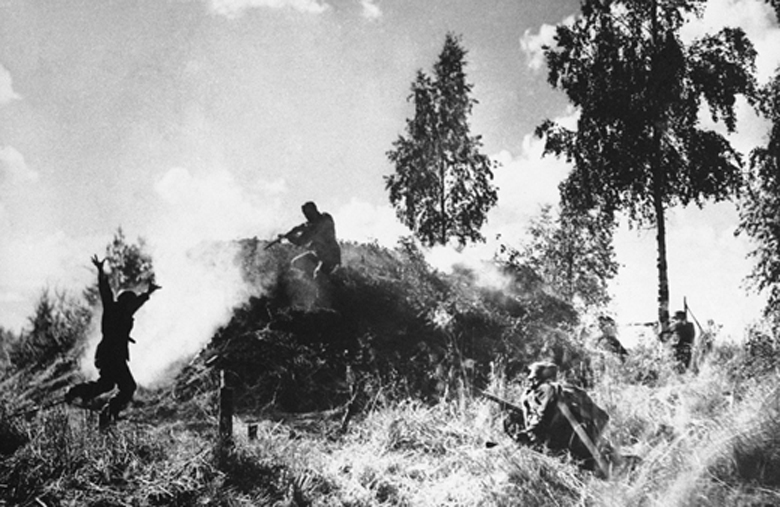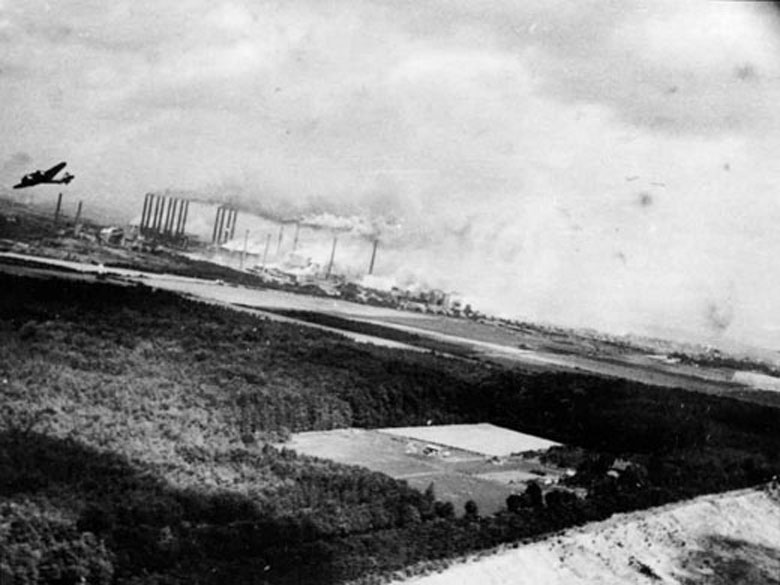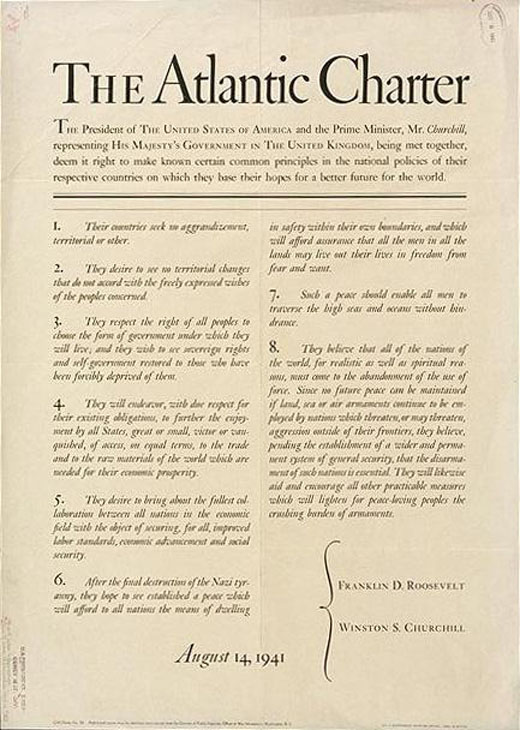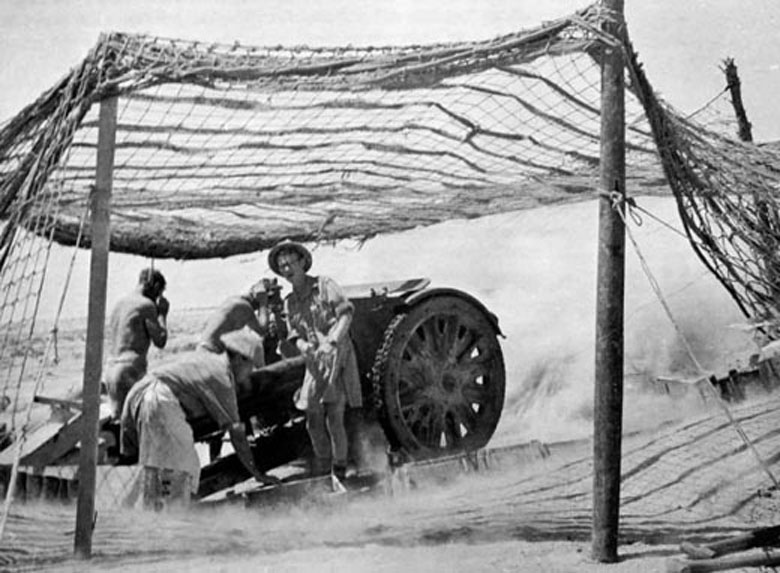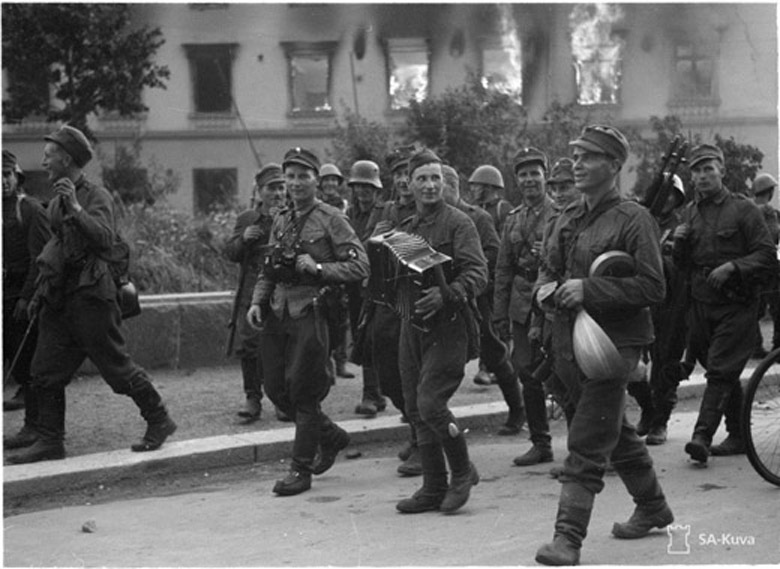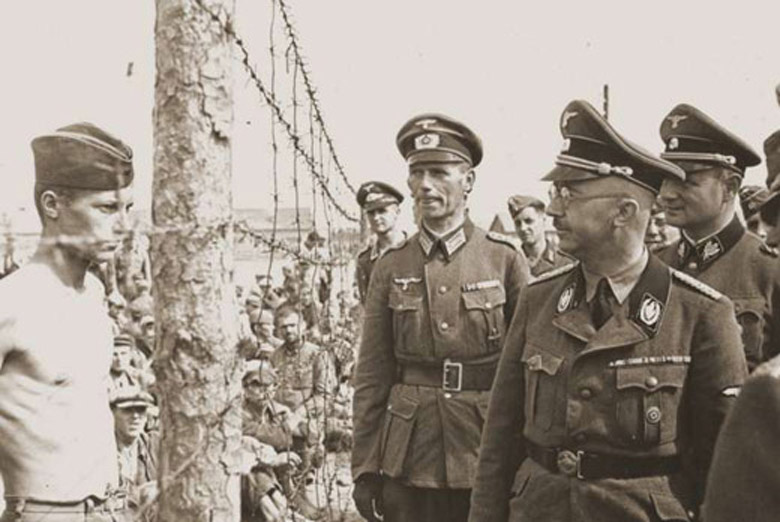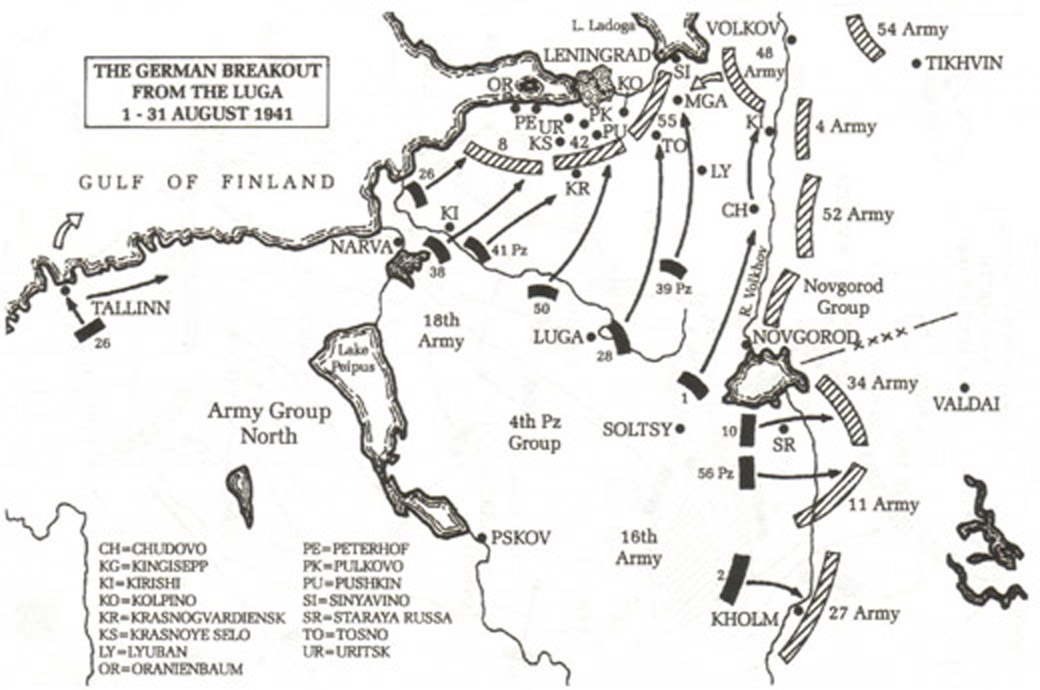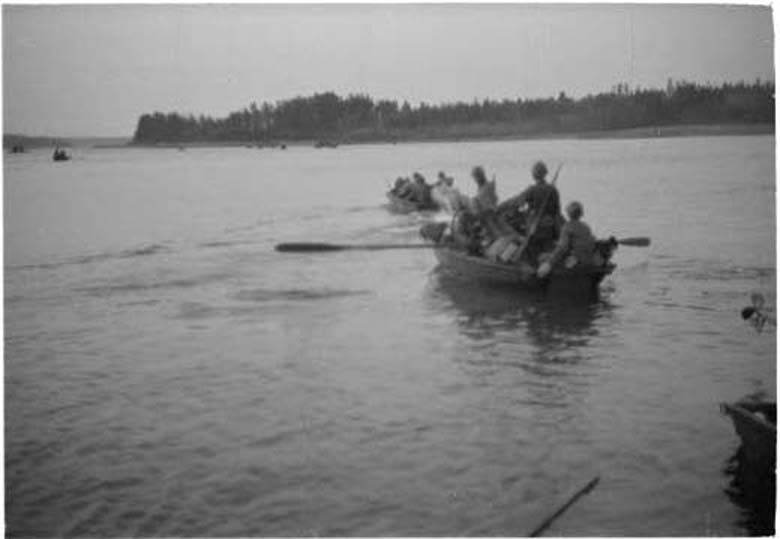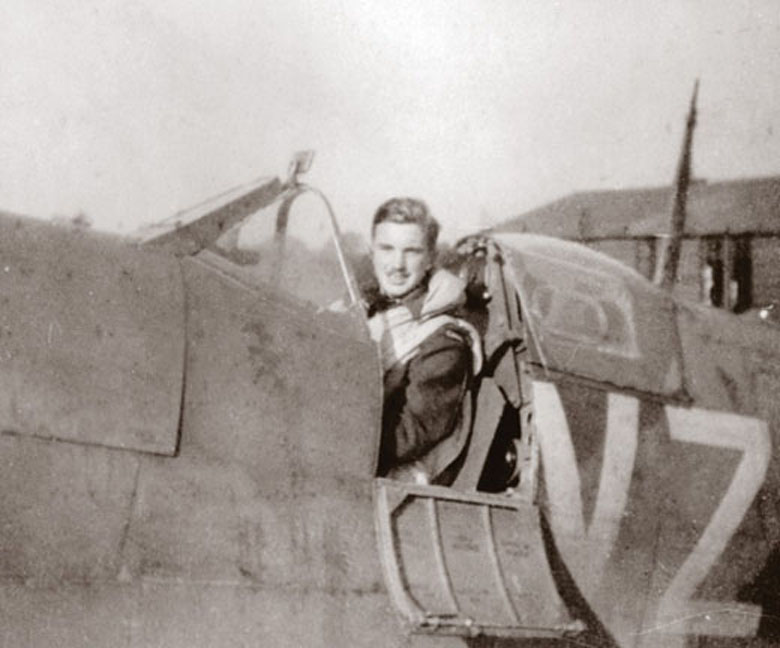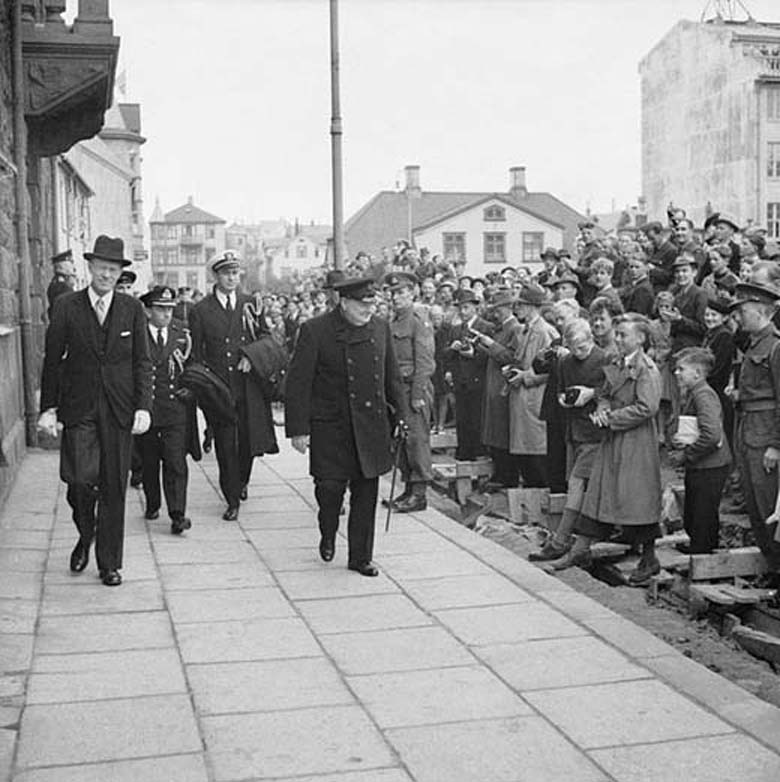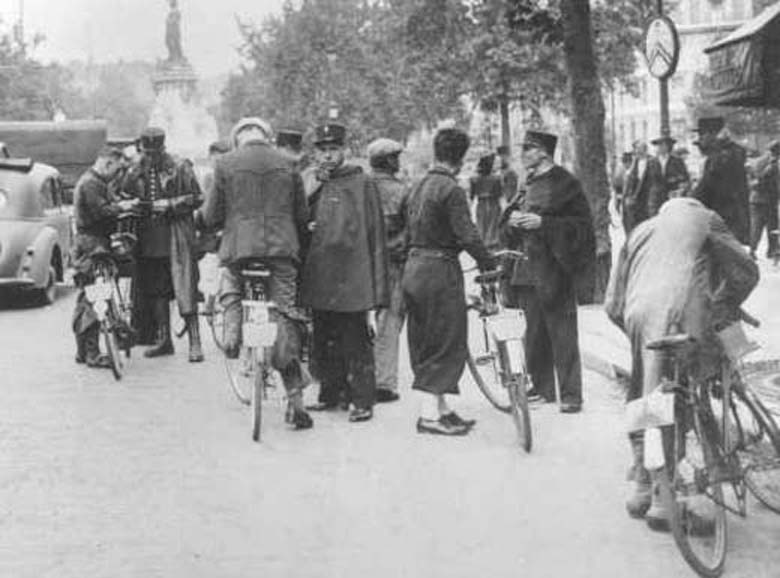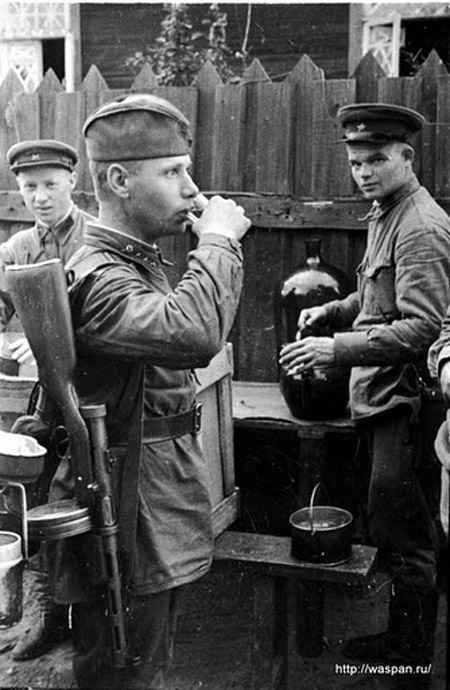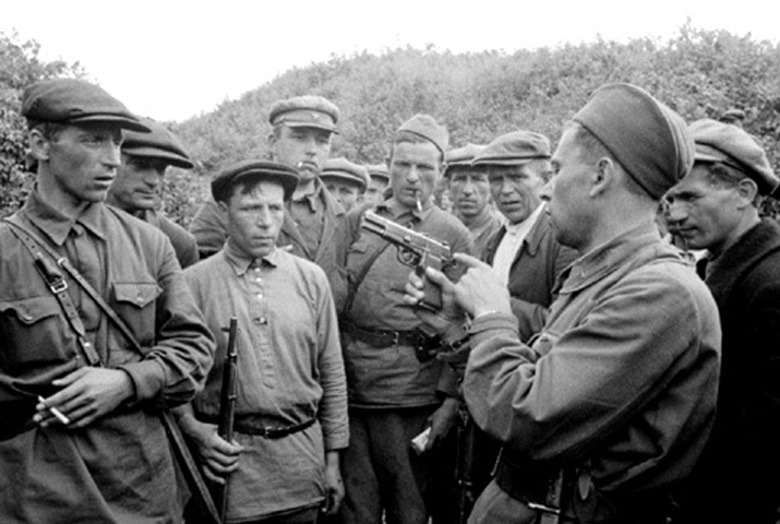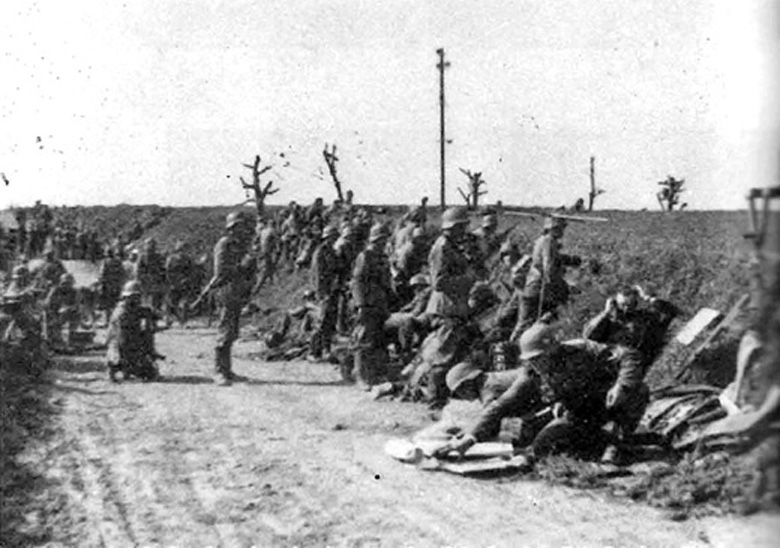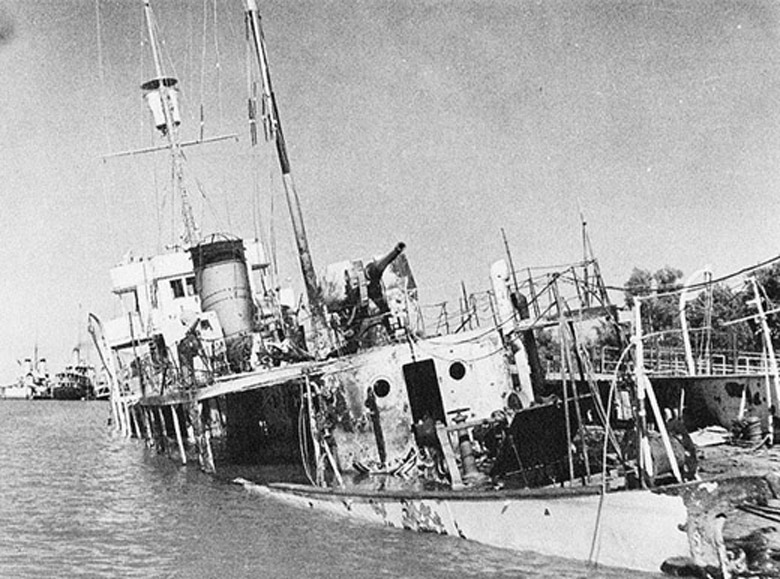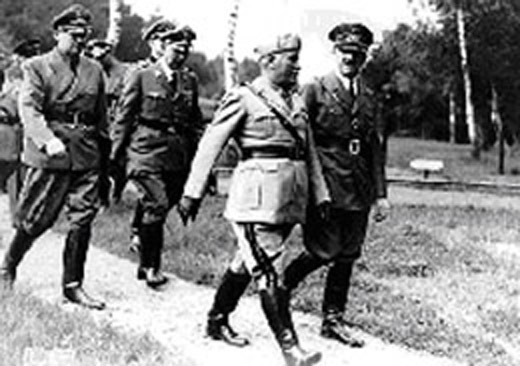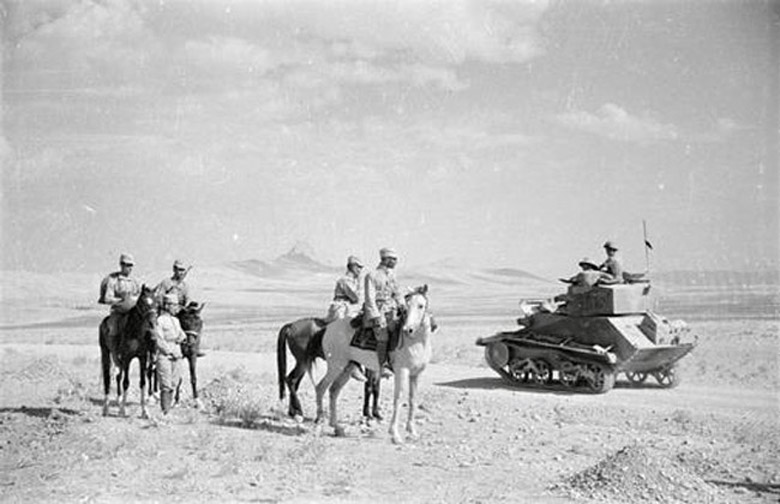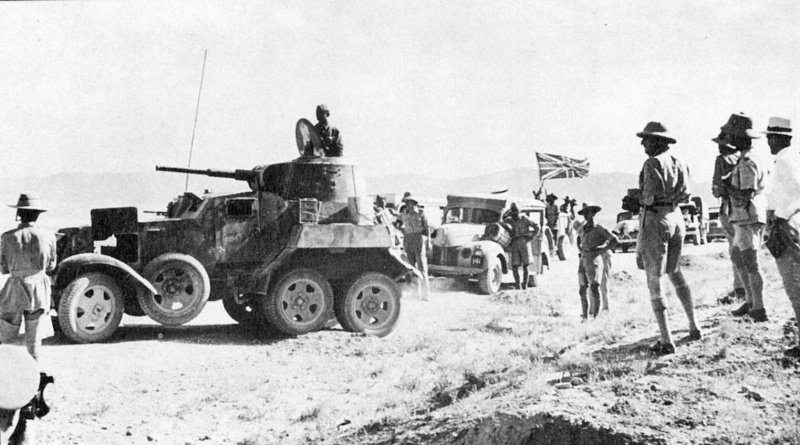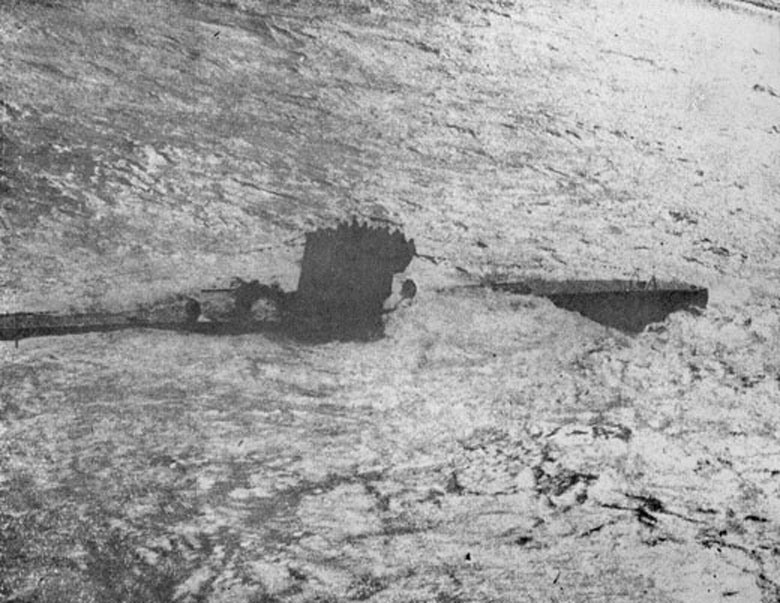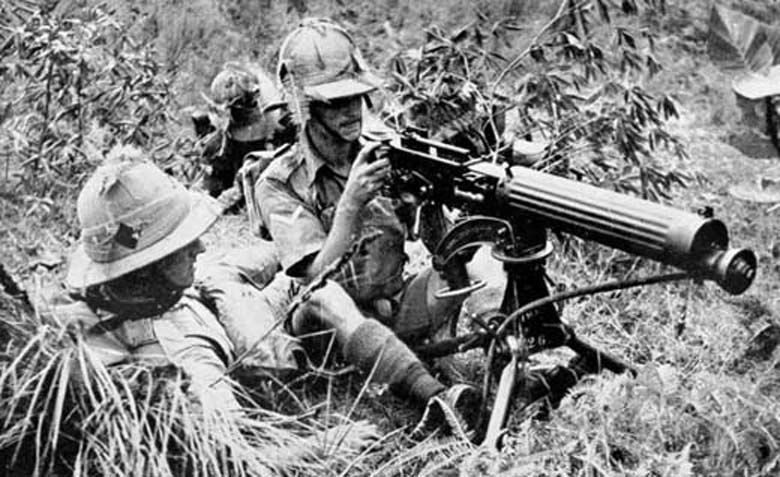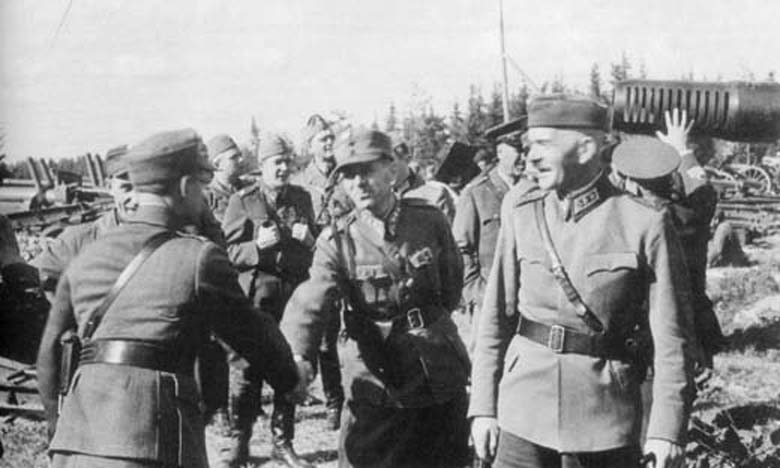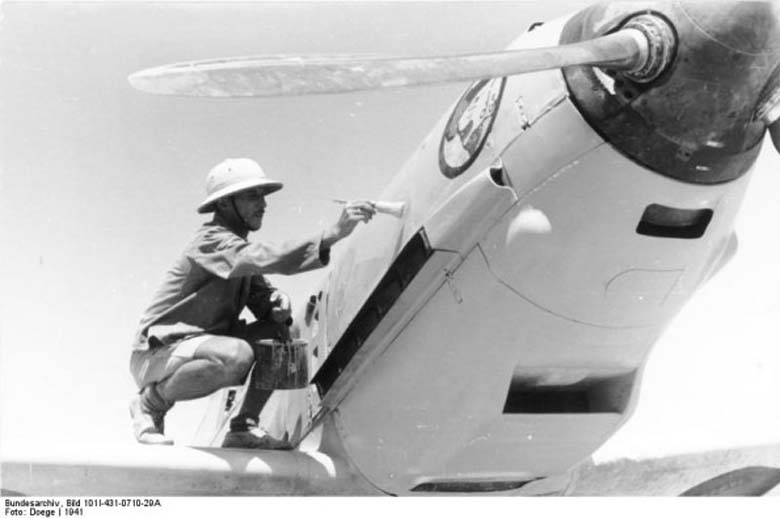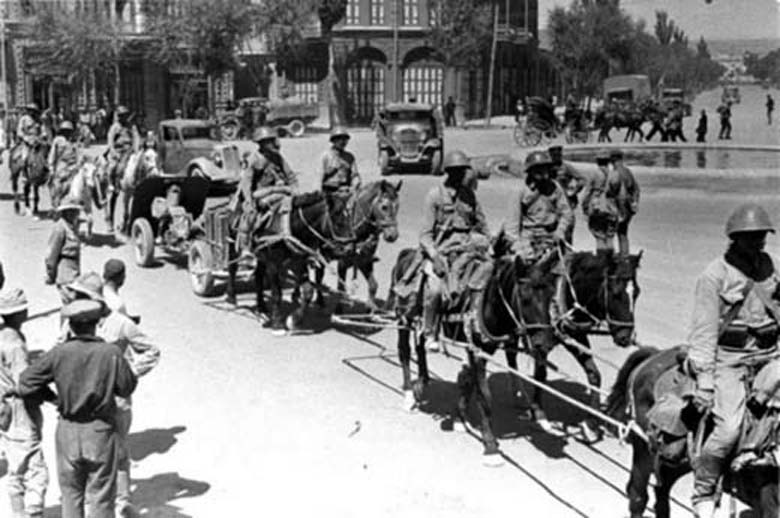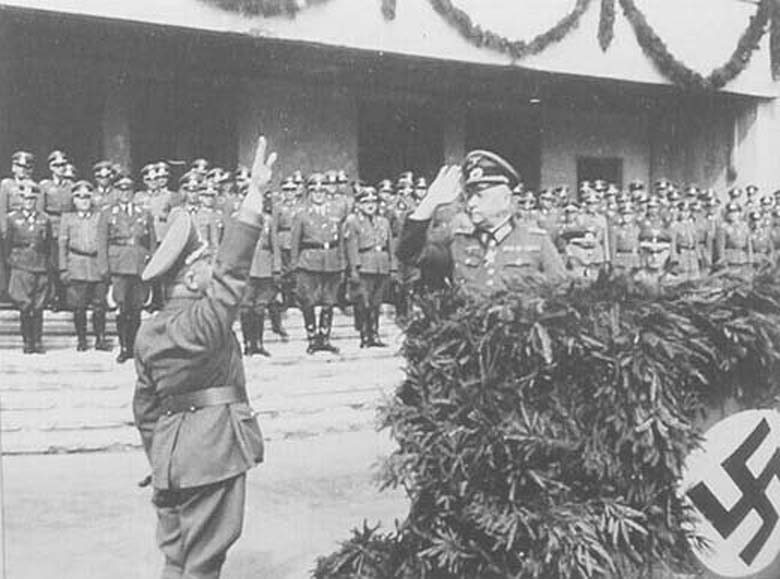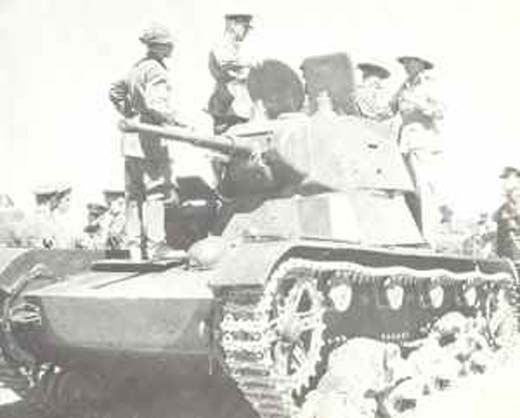Bombing Near Memel |
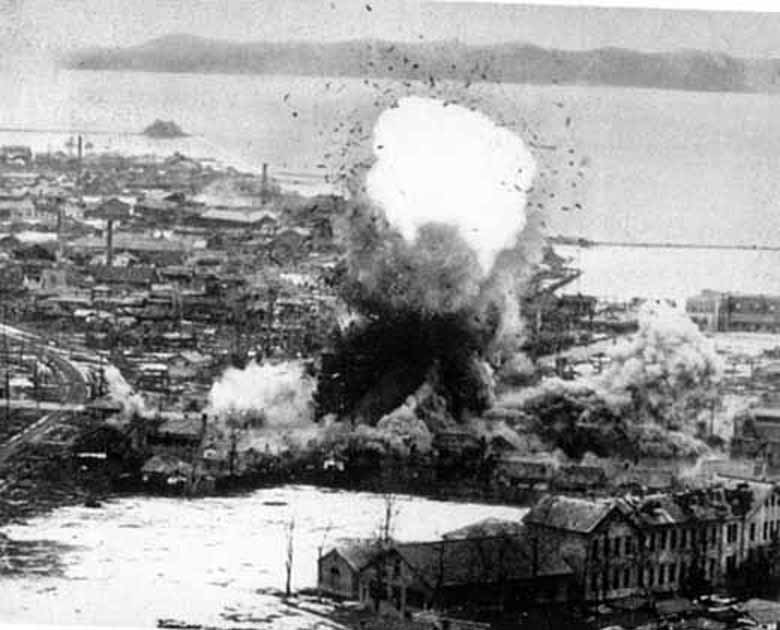 |
Glen Martin Maryland Bomber |
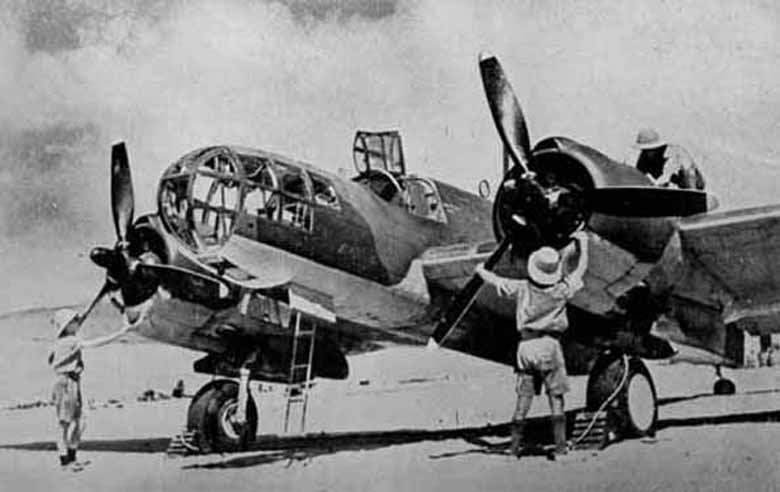 |
Battle of the Atlantic
The British steamer Trident is badly damaged by German bombing 4 miles from the mouth of the Tyne. The ship sinks on the 2nd, but the entire crew is rescued.
[Diplomatic Relations
In 'the interest of national defense', Pres Roosevelt forbids the export of oil and aviation fuel from the United States except to Britain, the British Empire and the countries of the Western Hemisphere. This decision hits very hard indeed against Japan because Japan has no oil of her own and is left with only strictly limited stocks. The position is such that Japan must either change her foreign policy very radically or decide very quickly to go to war and try to gain access to the oil of the East Indies. Roosevelt's decision confirms the steps taken recently when Japanese assets were frozen.
Britain breaks off diplomatic relations with Finland.
Thailand recognizes Manchukuo, a gesture to appease the Japanese in order to maintain Tokyo's recognition of Thailand's neutrality and independence.
[Eastern Front
Army Group Center contunues to attack the Soviet troops trapped in the Smolensk pocket. The Russians fight back with particular tenacity especially heavy near Vitebsk and Orsha, west of Smolensk. In this same central sector, Soviet forces under Timoshenko suddenly unleash a powerful counteroffensive at Gomel, south of Moglev, against the bridgehead established by the right wing of Army Group Center on the left bank of the Dniepr.
The Soviets attack along the northern edge of the Pripet Marshes from west of Gomel with the aim of striking into the German rear areas. In most sectors the Germans can withstand the attacks.
The Soviet 24th, 29th and 30th Armies mount desperate assaults in an effort to relieve those forces trapped in the Smolensk Pocket. To the south, the Soviet 21st Army counterattacks near Gomel against the 2nd Army. However, the 2nd Panzer Group pierces the Red Army's front to the north, with the XXIV Panzer Corps capturing Roslavl.
SOUTHERN SECTORDespite the Soviet 5th Army attacking the flank of the German 6th Army from the Pripet Marshes, the German line holds. Meanwhile, Red Army units in the Uman Pocket are running out of fuel and ammunition. To the south the Soviet 9th Army goes on the defensive. The prospects of relief for those units trapped at Uman are evaporating quickly.[MORE]
[North Africa
There are artillery duels initiated by both sides in the Tobruk sector.
R.A.F. Raid on German Ammo Dump |
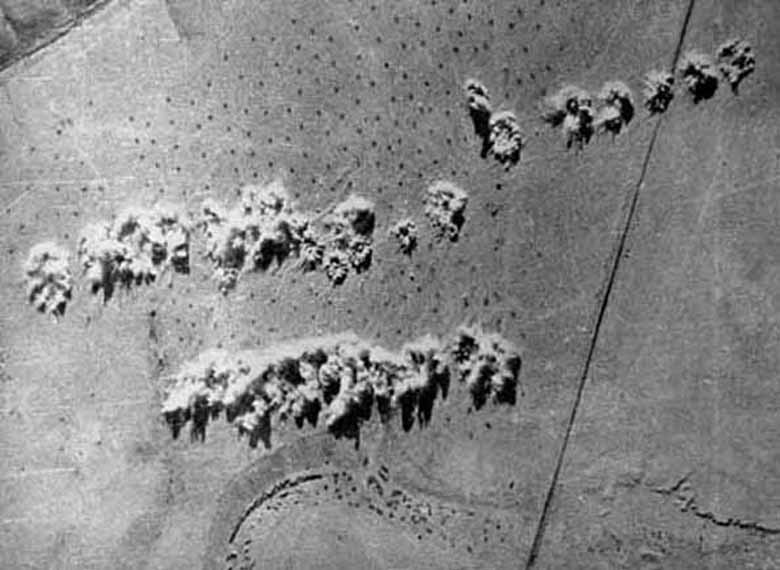 |

